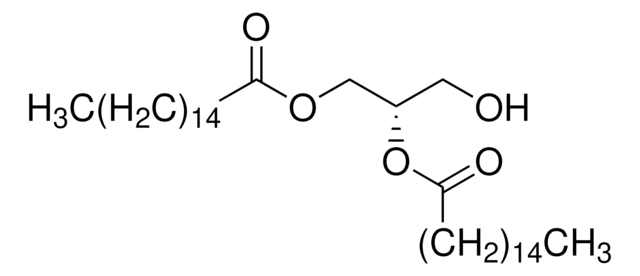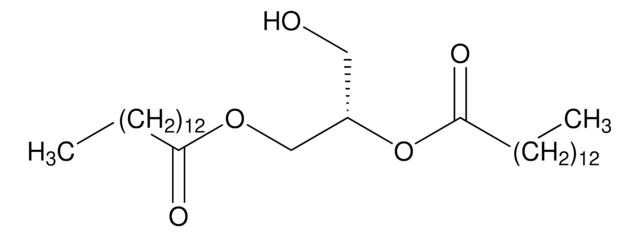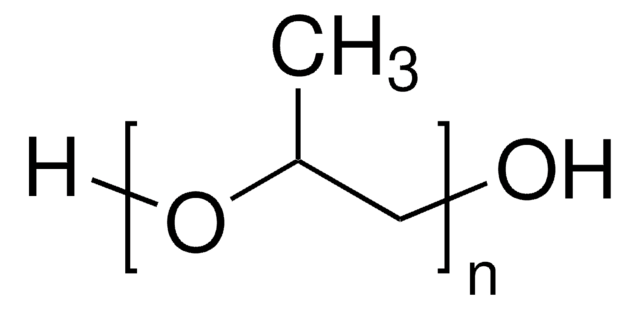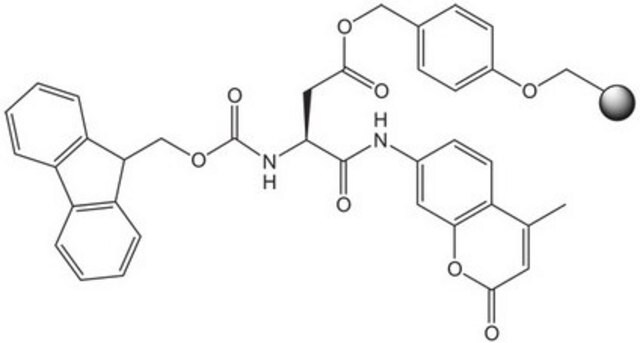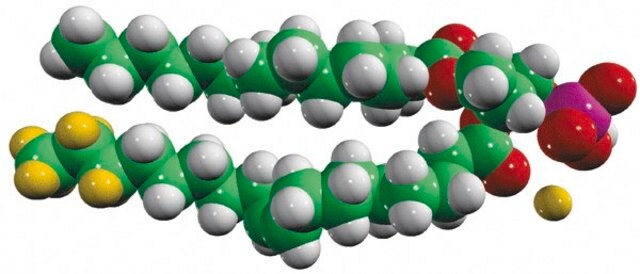800814P
Avanti
14:0 DG
1,2-dimyristoyl-sn-glycerol, powder
Synonym(e):
1,2-ditetradecanoyl-sn-glycerol; DG(14:0/14:0/0:0)
About This Item
Empfohlene Produkte
Assay
>99% (TLC)
Form
powder
Verpackung
pkg of 1 × 10 mg (800814P-10mg)
pkg of 1 × 25 mg (800814P-25mg)
Hersteller/Markenname
Avanti Research™ - A Croda Brand 800814P
Lipid-Typ
neutral glycerides
neutral lipids
Versandbedingung
dry ice
Lagertemp.
−20°C
InChI
1S/C31H60O5/c1-3-5-7-9-11-13-15-17-19-21-23-25-30(33)35-28-29(27-32)36-31(34)26-24-22-20-18-16-14-12-10-8-6-4-2/h29,32H,3-28H2,1-2H3/t29-/m0/s1
InChIKey
JFBCSFJKETUREV-LJAQVGFWSA-N
Allgemeine Beschreibung
Diacylglycerol mimicks the effects of the tumor-promoting compounds phorbol esters.
Anwendung
- in the reconstitution of dry lipids for thin layer chromatography
- in lipid nanoparticles for RNA delivery studies
- as a standard in gas chromatography–mass spectrometry (GC-MS) analysis for the quantification of lipid A diacylglycerols
Biochem./physiol. Wirkung
Verpackung
Lagerung und Haltbarkeit
Sonstige Hinweise
Dry samples of diacylglycerol in chloroform, using a stream of nitrogen. Dissolve the residue in an appropriate volume of ethanol or DMSO, then dilute to the desired aqueous medium.
Most biological responses saturate at 20 to 250 μM sn-1,2-dioctanoylglycerol. Only sn-1,2 isomers appear to be active.
Rechtliche Hinweise
Lagerklassenschlüssel
11 - Combustible Solids
WGK
WGK 3
Flammpunkt (°F)
Not applicable
Flammpunkt (°C)
Not applicable
Hier finden Sie alle aktuellen Versionen:
Analysenzertifikate (COA)
Leider sind derzeit keine COAs für dieses Produkt online verfügbar.
Wenn Sie Hilfe benötigen, wenden Sie sich bitte an Kundensupport
Besitzen Sie dieses Produkt bereits?
In der Dokumentenbibliothek finden Sie die Dokumentation zu den Produkten, die Sie kürzlich erworben haben.
Unser Team von Wissenschaftlern verfügt über Erfahrung in allen Forschungsbereichen einschließlich Life Science, Materialwissenschaften, chemischer Synthese, Chromatographie, Analytik und vielen mehr..
Setzen Sie sich mit dem technischen Dienst in Verbindung.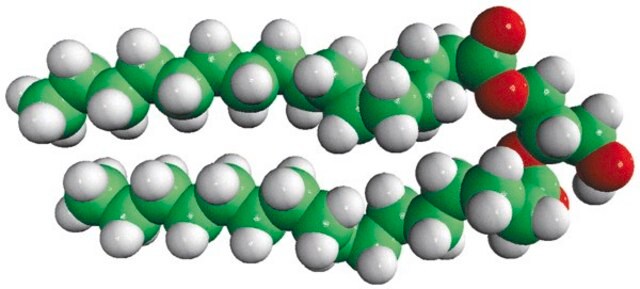
![23:2 Diyne PE [DC(8,9)PE] 1,2-bis(10,12-tricosadiynoyl)-sn-glycero-3-phosphoethanolamine, powder](/deepweb/assets/sigmaaldrich/product/images/228/422/4e95f75c-14fa-4117-a383-2eff73fa927f/640/4e95f75c-14fa-4117-a383-2eff73fa927f.jpg)
